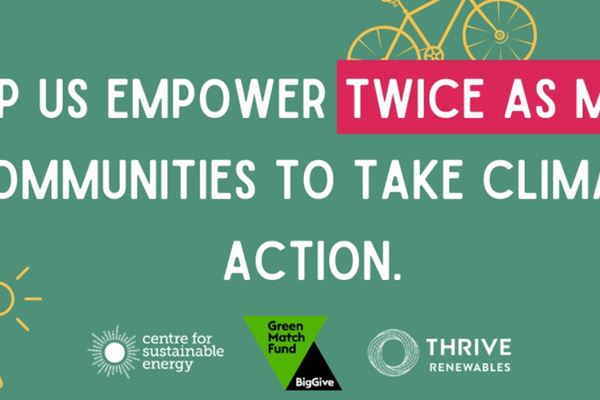During the past month, records for clean energy have been broken repeatedly, as the combination of ample sun and wind and low electricity demand has led to an unprecedented proportion of renewable power in the UK’s energy mix.
Lockdown measures introduced in March to control the Covid-19 pandemic reduced the UK’s electricity demand in April by 15%, compared with April 20191. The International Energy Agency (IEA) found that global energy demand was likely to fall by 6% this year, the equivalent of losing the entire energy demand of India – the world’s third largest energy consumer.2
With demand as low as it is, renewables are making up a larger proportion of the energy mix, reducing the carbon intensity of the grid, with gas and coal generation only needed to provide stability services. The steady rise of renewable energy reduces the demand for fossil fuels, so clean electricity will play its largest ever role in the global energy system this year. Renewable energy is expected to grow by 5%, to make up almost 30% of the world’s demand for electricity, according the IEA2.
The UK is currently experiencing its longest coal free period since the beginning of the industrial revolution with 47 coal-free days3. Cool, sunny weather and reduced air pollution has helped drive a new all-time solar power record in the UK, with solar farms generating a peak of 9.69GW of electricity for the grid in April. The current unprecedented circumstances provide real glimpse into the future as we move towards our ambition to be able to operate the system entirely with zero carbon sources of energy.
In April 2019 the National Grid announced they would be ready to run the grid from 100% zero carbon sources by 2025. The lockdown has created a live laboratory environment for the National Grid to test how this can work when running the grid on mostly renewable energy sources. A big part of this is constantly and perfectly balancing the supply and demand of electricity. Experts at the National Grid forecast how much electricity will be needed in each half hour every 24 hours, then tweak power stations and big consumers’ generation and consumption to balance the frequency of electricity on the grid.
When demand is low (as we are seeing during lock down) the usual mix of generation is disrupted, as the growing portfolio of renewables is adequate to meet demand. The learning taking place currently is how to maintain the perfect balance of demand and supply at times when renewables are delivering the majority of power. The output from wind and solar is currently harder to ‘tweak’ up and down, and does not provide the levels of stability traditionally achieved using the enormous revolving generators typical to gas and coal power stations.
The National Grid is taking advantage of this unique situation to experiment with alternative ways of fine tuning the electricity system dominated by renewables, using batteries, demand side management and manipulating renewable electricity supply. This is providing valuable insight into the future of our energy system on the transition to net zero.
For the National grid, the low carbon future has arrived in the form of lock down. Assumptions are being challenged and both the physical and regulatory system is learning and adapting on a daily basis. This creates challenges, but importantly a chance to live trial a responsible energy system, providing low cost, low carbon and reliable electricity to keep the country going during these difficult times.



